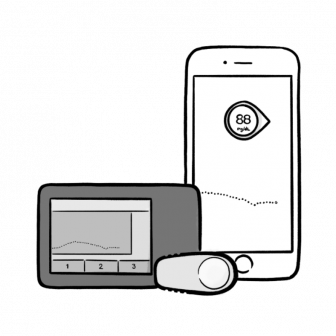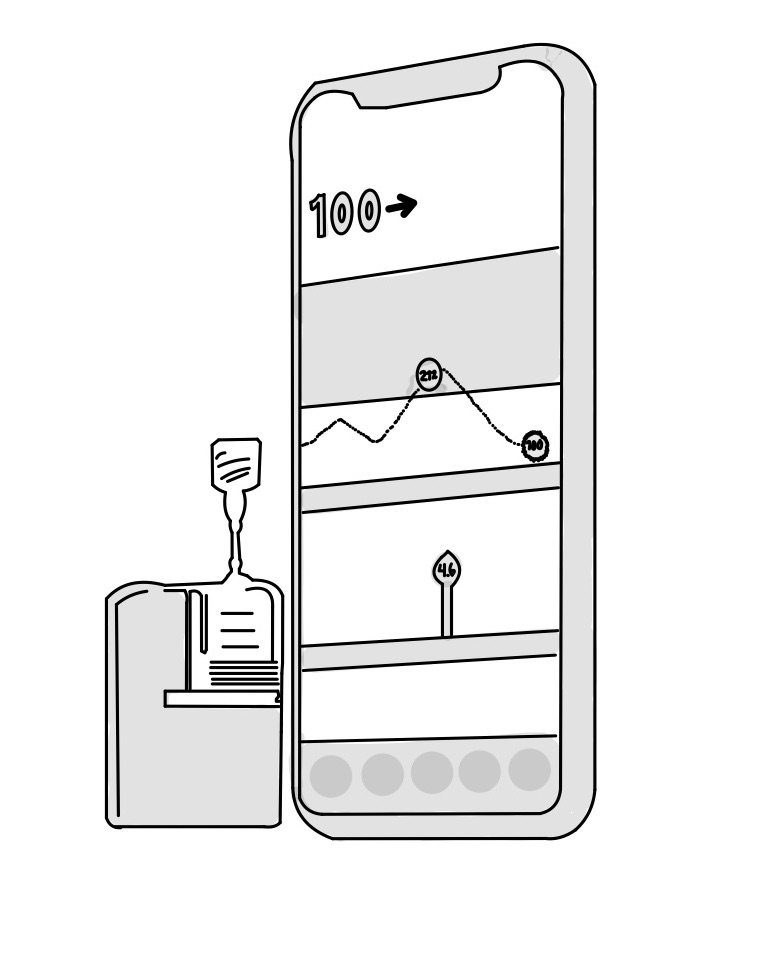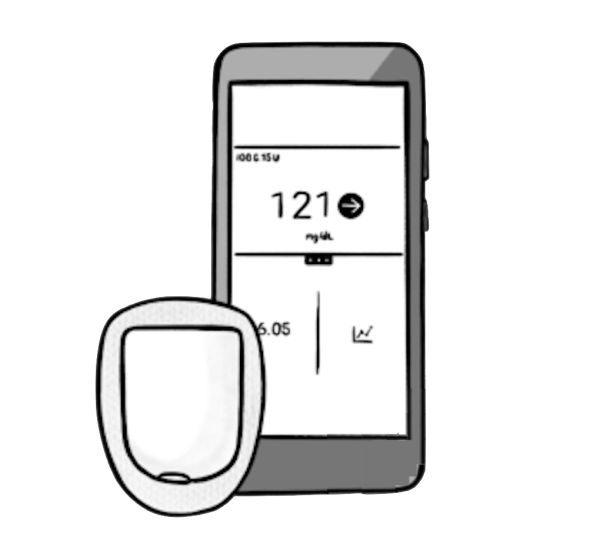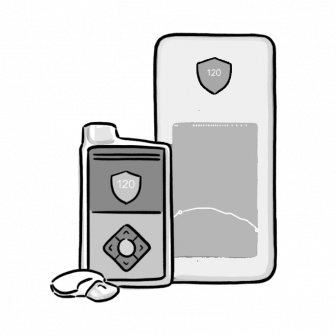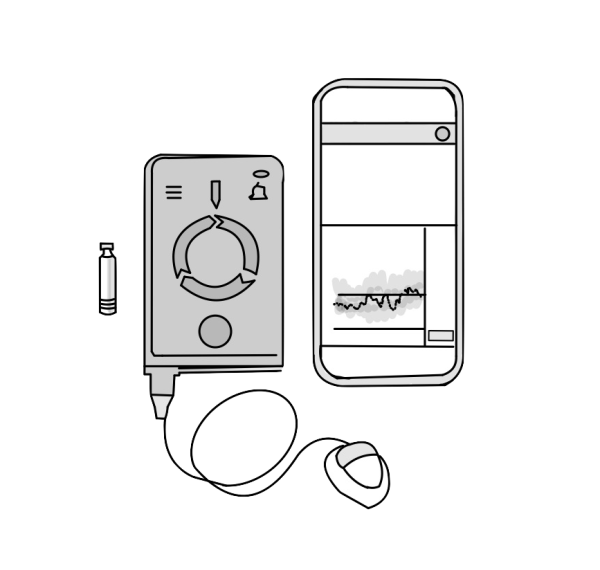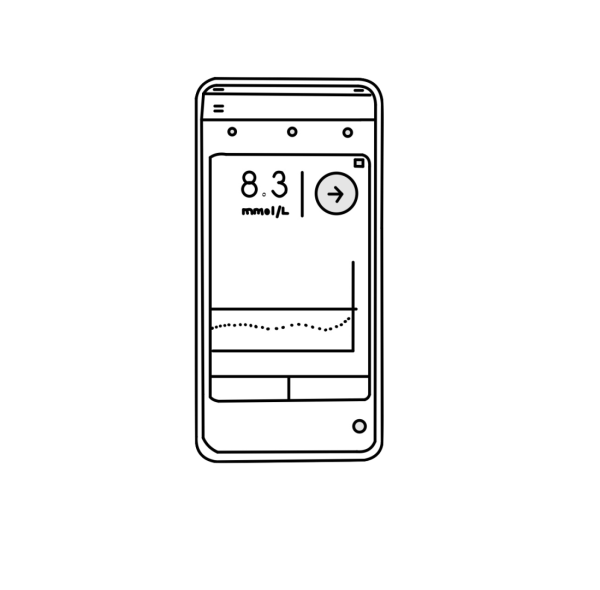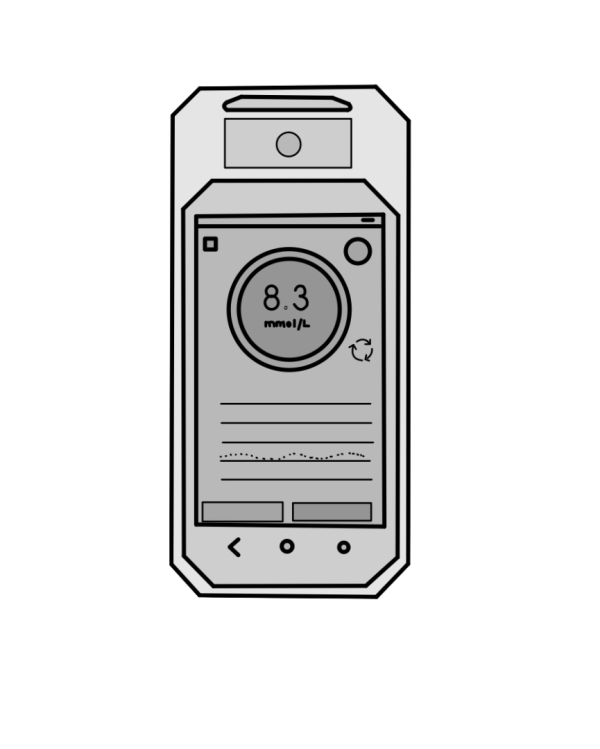Utilizing Devices for Exercise
Pumps are often designed with physical activity and exercise in mind. Many of these smart devices can track insulin on board (IOB) to prevent concerns like low glucose or overlapping doses. Many insulin pumps also have an "activity" or "exercise" mode built-in to increase your glucose target during exercise. Below, we provide some information on how to use these systems around activity.
Tips for Physical Activity with AID Systems:
- For planned physical activity, generally recommended to set higher glucose target 1-2 hours before activity if decrease in glucose expected during activity
- If rise in glucose expected during activity, consider keeping standard glucose target (may not need higher glucose target)
- For unplanned physical activity, generally recommended to set higher glucose target as soon as possible if decrease in glucose is expected
- If planning physical activity within 2 hours of meal, consider setting higher glucose target first, then reducing bolus insulin by around 25-33% if decrease in glucose expected
- Whenever possible, plan to exercise when insulin on board (IOB) is low
- Tubed pumps may be good option for contact sports since they can be disconnected during activity
- Patch pump or tubeless pumps may be good option for water sports since they can typically remain connected during activity
- Some sports, like contact sports, may require more frequent site changes (every 1-2 days) to prevent site failures
- Auto-Soft infusion sets may be preferred in contact sports
- With AID systems, generally recommended to treat with fewer carbohydrates (around 3-20 grams every 20 mins). Visit our Nutrition for Physical Activity page for more tips.
- Adhesives and overlay tapes can help devices stay on during physical activity. Visit our Exercise Tips and Adhesives page for specific types of adhesive, overlay tape, and even clothing products to help keep your devices safe and in place during activity.
- To learn more about consensus guidelines for physical activity and AID, as well as more specific device recommendations during activity, check out this article (https://link.springer.com/article/10.1007/s00125-024-06308-z#Tab1) and our Guidelines for Exercise page.
Automated Insulin Delivery Systems
Automated insulin delivery (AID) systems can improve glucose management, but often require users to adjust certain pump settings in advance of exercise. The table below highlights physical activity features of various types of AID systems. For more information on physical activity guidance for each device, click the link on the device name.
| Device | Standard Glucose Target | Exercise Setting Terminology | Exercise Target | AID Features for Exercise: |
|
Tandem t:slim X2 with Control IQ
|
112-160 mg/dL |
Exercise mode |
140-160 mg/dL |
|
|
Tandem Mobi with Control IQ
|
112-160 mg/dL |
Exercise mode |
140-160 mg/dL |
|
|
|
110-150 mg/dL |
Activity feature |
150 mg/dL |
|
|
|
110-120 mg/dL |
Temp Target |
150 mg/dL |
|
|
Beta Bionics iLet Bionic Pancreas
|
110 mg/dL (lower), 120 mg/dL (usual), 130 mg/dL (higher) |
No exercise setting (currently) | N/A |
|
|
|
80-198 mg/dL |
“Ease-off” mode or “Boost” mode |
150 mg/dL |
|
|
Diabeloop Generation 1 (DBLG1)
|
110 mg/dL (default), adjustable between 100-130 mg/dL |
Physical Activity mode |
Glucose target and hypoglycemia threshold are increased by 70 mg/dL (reduces aggressiveness of insulin delivery) |
|
|
OpenAPS, Android APS, FreeAPS X, Loop
|
Customizable | Ability to change/scale all insulin delivery parameters (aggressiveness of automation) and targets | Customizable |
|
Consensus Guidelines Rights and Permissions




